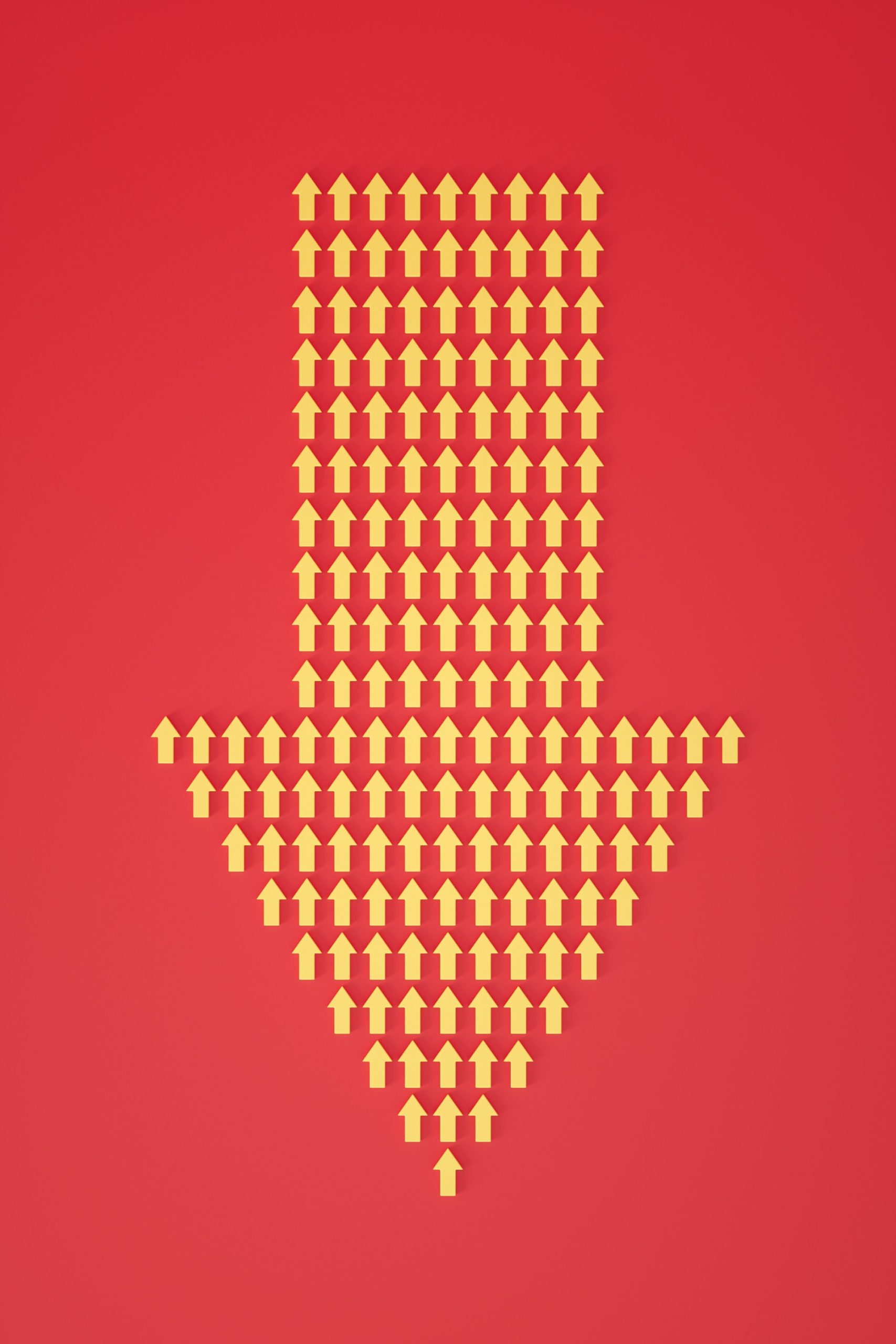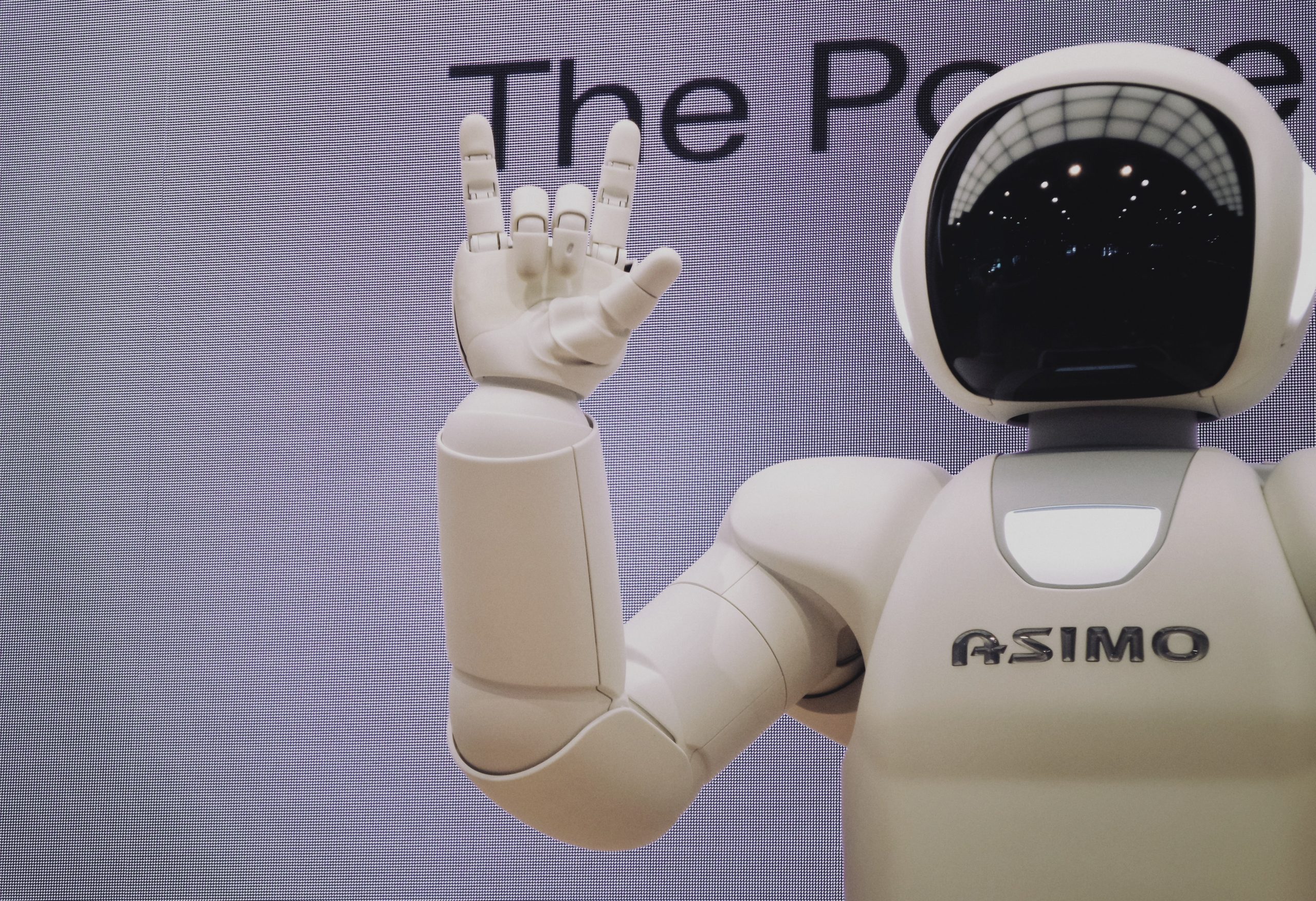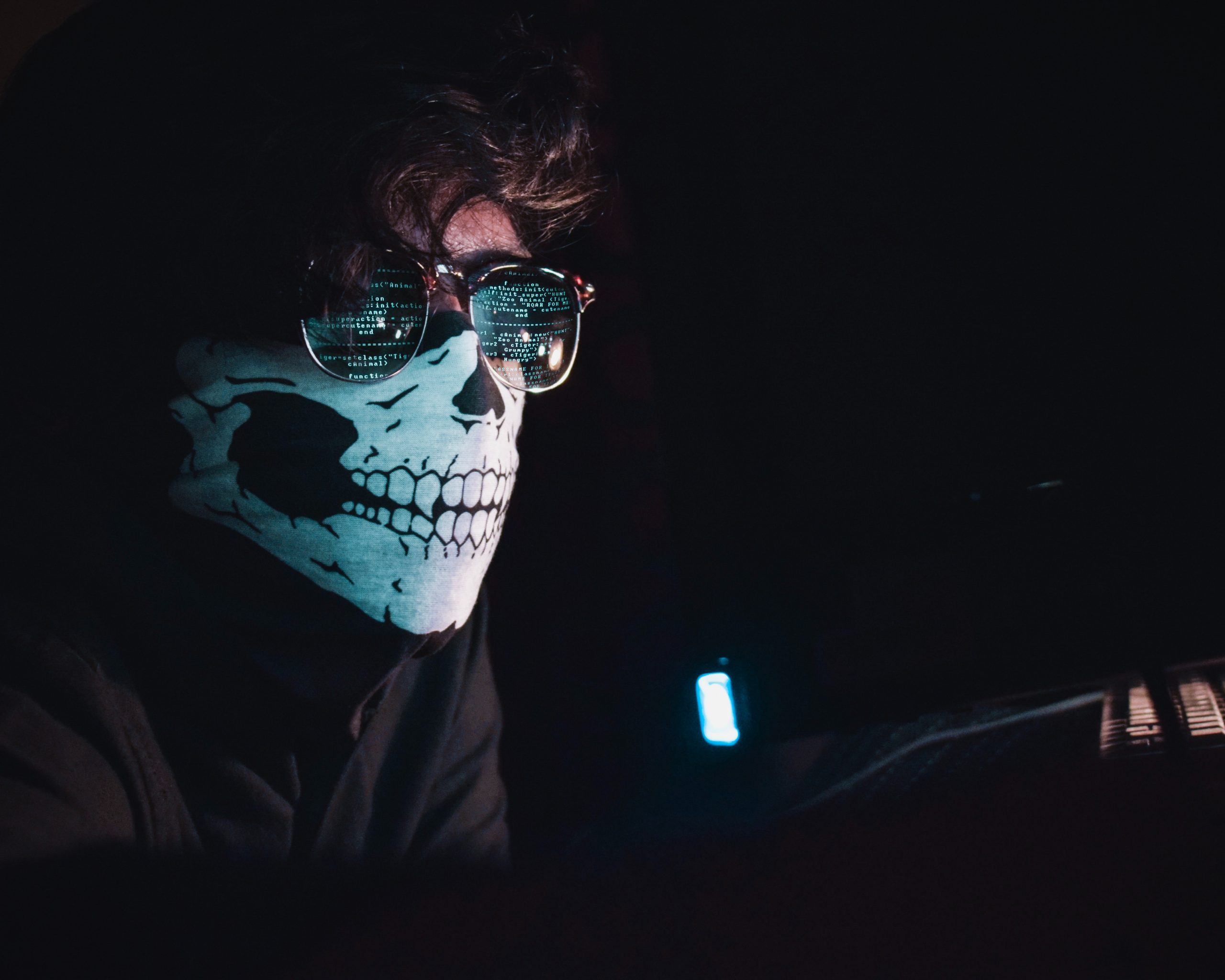
Photographing dead bodies for identification purposes or during an autopsy isn’t generally a career in itself but is part of the duties of a morgue or autopsy technician. To become a morgue technician, you must have a degree and knowledge of autopsy methods and forensic photography, among other qualifications. If you enjoy the photographic aspect of the work, consider further training as a forensic photographer.
What Does a Forensic Photographer Do?
A forensic photographer is a professional in the photography industry who is called to take pictures of physical evidence for use in a trial.
Law enforcement agencies typically hire forensic photographers to take photographs of crime scenes and investigate the scene to provide evidence for a court case.
Many forensic photographers also work closely with and assist doctors and medical examiners in their examinations. To do this, they may need to take photographs of objects such as body parts or weapons found at the crime scene.
Forensic Photography
The morgue technician works closely with the medical examiner and pathologists. He might photograph the faces of the deceased for identification purposes. Forensic photographers document autopsies as well as evidence of suspicious deaths. That includes photographing a murder or accident victim at the scene of a crime or incident. During an autopsy, the forensic photographer positions the body in the direction of the pathologist, photographing organs or wounds. In criminal cases, the photographer documents other types of evidence, such as tears or bloodstains on the victim’s clothing. The photographs taken can appear at a trial as evidence, so the forensic photographer must know the correct light sources and film for various images. Each picture must include a reference scale and identification, such as the case number and name of the deceased.
Duties and Responsibilities of a Professional Forensic Photographer
Forensic photographer has a vital role in the criminal justice system. They must be able to show the scene in an objective way that is accurate and truthful.
The forensic photographer must have strong skills in exposure, composition, lighting, angles, focus and depth of field. In addition, they must know about crime scene investigation photography to provide accurate and truthful images.
Use of Imaging
In addition to photography, morgue technicians might assist the medical examiner in performing diagnostic imagery on bodies, such as dental or skeletal X-rays, for identification purposes. Technicians also preserve tissue evidence on radiographs or slides. The technician needs digital imagery skills, as these techniques are increasingly used in the field.
Other Duties
Physical strength is required for morgue technicians, as you must be capable of lifting heavy bodies — literally “dead weight.” Technicians also clean and maintain the morgue, keep records, order supplies and release bodies to funeral homes. In addition, technicians are responsible for inventorying the late person’s personal effects and maintaining evidence collected from corpses. When bodies come into the morgue, technicians tag them and place them into unique refrigerated rooms. You must also possess a valid driver’s license, as picking up or delivering bodies is often part of the job.
Education and Salary Range
Minimal educational requirements for a morgue technician include an associate’s degree in biochemistry, physiology, mortuary science or a similar scientific field. Since crimes occur and people die around the clock, hours can vary. Depending on the actual job title and experience, the salary range for a morgue technician ranges from 23k annually to mid-30k. Because public agencies or hospitals operate morgues, full-time employees receive health insurance and are enrolled in pension or employer-sponsored retirement plans.
How to Prepare for a Career as Forensic Photographer
The forensic photographer uses images to help forensic scientists, forensic pathologists, and law enforcement officials with their work. The job of a forensic photographer is not an easy one. Apart from the typical technician’s skills, they must also possess some required skills for this profession. Knowledge and understanding of photography and camera equipment are essential for this job.
An aspiring forensic photographer should first go to school and receive a degree in the field to be qualified for this line of work or at least have enough knowledge about photography or related fields such as biology, chemistry, anthropology, sociology etc.
Advancing Your Career
Becoming a forensic photographer means working beyond just the morgue setting. Your photographs of accidents or crime scenes become part of a criminal or civil case’s evidence. Keep up with technological advances in digital and other forms of photography by taking college-level or law enforcement academy courses in this and related subjects, such as image analysis. In addition, you can receive certification from national and international forensic organizations via written and practical testing.
If you love photography but want to put your skills towards a good cause and get a job simultaneously, then becoming a morgue technician may be for you! This is one of many jobs in forensic science that would allow you to use your photographic talents. To become qualified as an autopsy tech or even pursue this career path part-time while working another full-time position elsewhere, it’s essential to have both education and experience. The requirements are strict because these professionals must understand how bodies decompose over time, what types of wounds look after death, which substances can mask the smell of decomposed human flesh during an investigation, and much more so if this sounds like something that appeals.




 How To Pursue a career in Actuarial Science
How To Pursue a career in Actuarial Science